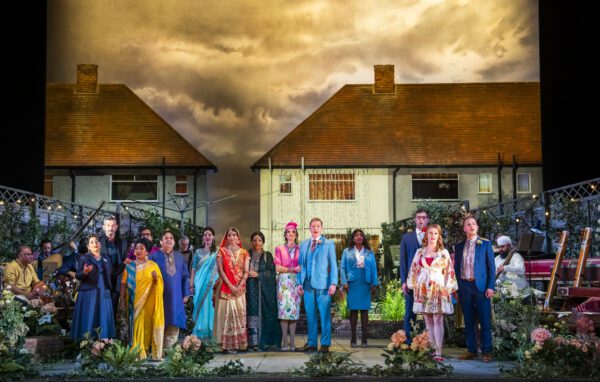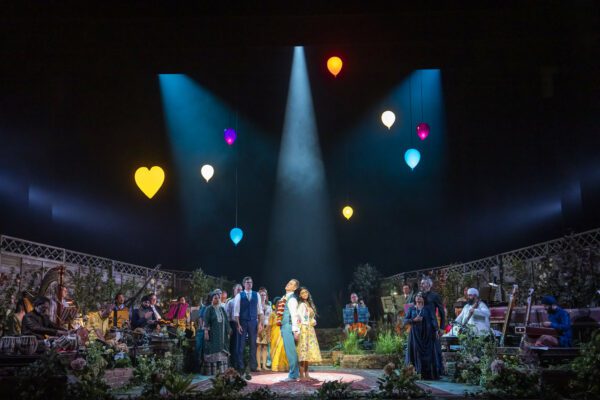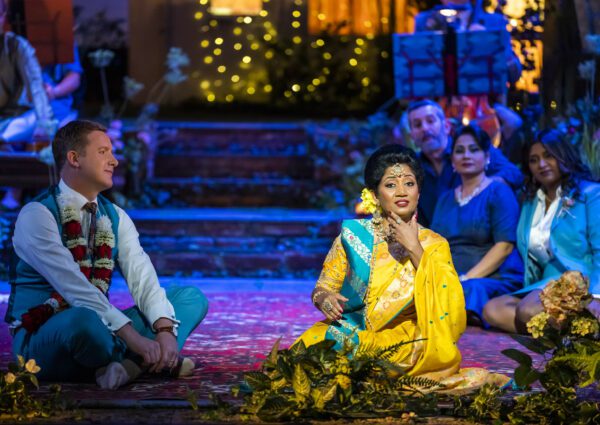The best sh*t TV for exam season
Sometimes you just need an easy watch after a long day of work. That’s where shi*t TV comes in – or as my family calls it: marshmallow TV. It requires little attention and minimal thought. You can guarantee an hour or so of harmless entertainment packed with spicy melodrama.
As an expert in the field, I can tell you no two marshmallow TV shows are alike, despite usually being reality TV. They’ll be centred on the most obscure industries and people, somehow making them interesting. So, if you’re stuck in a rut and need something to wind down to, welcome to the world of marshmallow TV.
Below Deck Mediterranean
Below Deck follows a group of mega yacht workers through yachting season as they tackle clients and each other. Each series is set in a different idyllic place, with sunny shots panning over the landscape every few minutes. That’s about the calmest thing in the show: the landscape. Turns out, living and working with the same people for six months and catering for the mega-rich can be quite stressful – who knew?
In the show, we follow how the staff relationships developed and unfold as the season goes on. There are professional spats, flings, and wild nights out that usually end in tears – and that’s just the staff. The guests themselves range from obscene to arrogant, usually given away by their food requirements. For example, insisting on only white gumballs and finishing 14-and-a-half bottles of vodka in less than a day…
To round the whole thing off, each season ends in Watch What Happens Live which is even more chaotic as we watch staff bitch about each other on camera to only confront each other live. As messy as it sounds, it’s a very sun-packed show where you can learn a lot about yachting, so there’s something for everyone.
Seasons 1-3 are available on Prime TV and Chanel 4.
Keeping Up With the Kardashians
This is arguably a cult classic, at least for the first few seasons. In the early days of KUWTK, moments were usually unfiltered. The Kardashian family were new to fame and yet to be taken seriously. This of course isn’t surprising given the content of the first few series.
Unlike the last few series of KUWTK, moments are both scripted and raw. We watch numerous WWE matches between the fully grown sisters, tampon lessons, and secret engagements. Each shocked facial expression is matched with dramatic music and zoomed-in shots, amplifying any minor drama.
The best part of the show? How unput-together the family initially is. None of them had a sense of style or dignity in front of the cameras, bearing all for better or for worse. The KarJenners are shadows of who they are today, having strong personalities and chaotic humour throughout the show.
Seasons 1-20 are available on Amazon Prime and seasons 9-10 are available on Netflix
Tabitha Takes Over
Gordon Ramsey has Hell’s Kitchen. Alex Polizzi has Hotel Inspector. Randy Fenoli has Say Yes to the Dress. Well, Tabitha Coffey has Tabitha Takes Over, transforming hair salons from sh*t holes to 2010s luxury.
Tabitha is an Australian that looks like a mean vision of P!nk. Her mission? To save your salon by taking over, and maybe help you clear your $250,000+ debt.
The show is simple in format, following the same formula for each episode. We watch the salon staff be unprofessional beyond your wildest dreams, watching dogs piss on the floor or the receptionist head off to the liquor store mid-shift, before the call from Tabetha comes in. The owner is marched out their business before they hand over their keys and the bollocking begins.
It’s great. The only downside is that anytime you go to a salon soon after, you notice all the things Tabitha does. Dirty brushes? Wet dirty towels? Dogs parading about? Seems like Tabitha needs to take over…
Available to watch on YouTube
60 Days In
This one’s for the True Crime fans. 60 Days In follows a small group of civilians who voluntarily go to county jail for 60 days. Participants range from convict’s spouses and nosey neighbours, to police officers and social workers. All of them are looking to learn something from the experience. Most don’t last the two months, either because they’re not cut out for jail life or because they’re a threat to the programme.
The main aim of the show is to firstly watch how ‘normal’ people act when they’re thrown in jail, cut off from friends, family and the outside world. The second aim is to have the group act as snitches, reporting to the head sheriff on any fraud and abuse of power they see.
The show highlights the conditions of US jail houses, as well as inmate culture. You quickly learn that lunch trays act as currency, commissary is incredibly valuable, and if someone laces up, there’s about to be a fight. Well worth a watch for Sociology or Criminology students.
Seasons 5-6 are available on ITV Hub



























